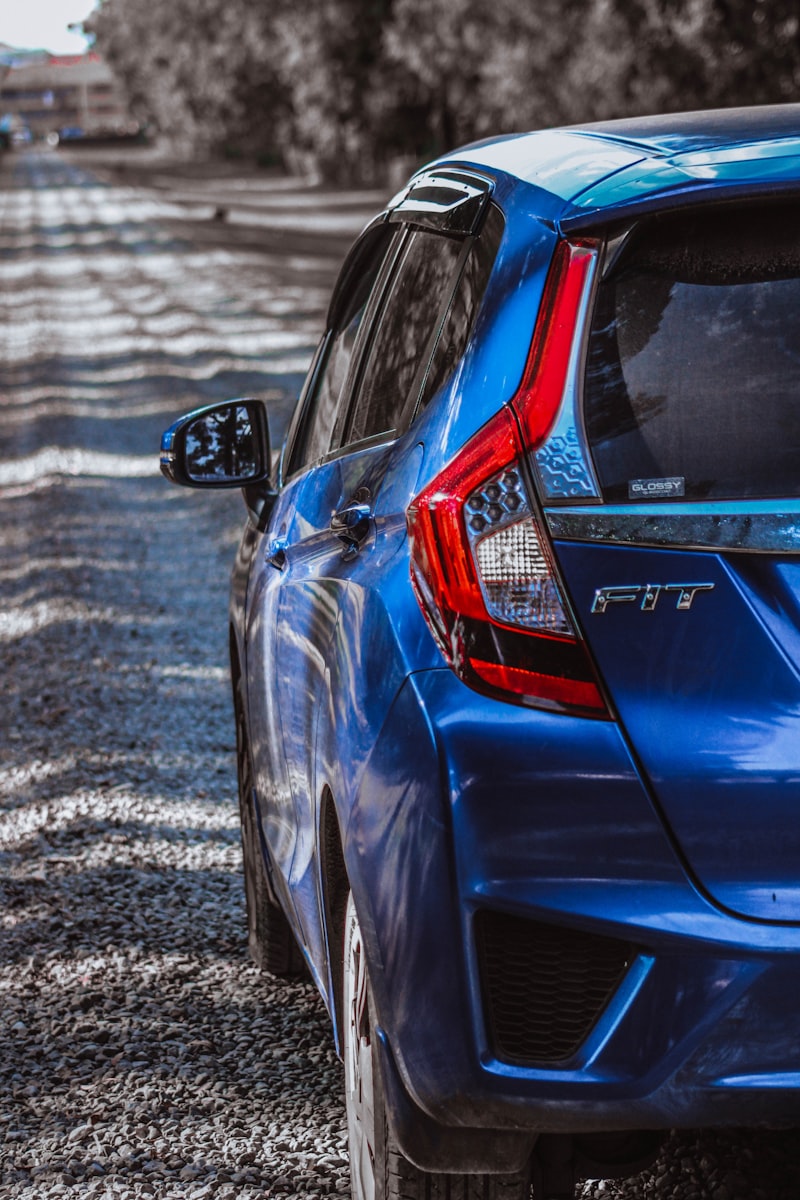The Honda Fit, known for its compact size and practicality, has gained popularity among individuals seeking an efficient and reliable vehicle. However, it is important to be aware of certain years that have experienced recurring issues, as this knowledge can save you potential headaches and expenses down the line. In this guide, we will delve into the Honda Fit Years To Avoid and highlight some of the most common problems associated with these specific model years. By being informed about these concerns, you can make a well-informed decision when considering a Honda Fit purchase. Let’s explore the problematic years and the associated issues to help you navigate your vehicle choices wisely:
- 2007: Engine Misfire
- 2008: Premature Brake Wear
- 2009: Stalling Issues
- 2010: Transmission Failure
- 2013: AC Compressor Failure
- 2015: Excessive Oil Consumption
- 2016: CVT Transmission Problems
- 2018: Electrical System Malfunctions
Please note that while these are the most commonly reported problems associated with these particular Honda Fit model years, it’s essential to remember that individual vehicles may vary. It is always recommended to thoroughly inspect any car you intend to purchase and consider obtaining a comprehensive vehicle history report to gain further insights into its maintenance history. By doing so, you can ensure a smoother ownership experience and potentially avoid costly repairs in the future.## Troubled Years of the Honda Fit
2007: Engine Misfire
The 2007 Honda Fit faced a notable issue with engine misfires. This problem could lead to rough idling, lack of power, and even potential damage to engine components. It is advisable to have the ignition system checked and maintain regular servicing to address this concern effectively.
2008: Premature Brake Wear
In 2008, Honda Fit owners reported premature brake wear, causing decreased braking performance and potentially compromising safety. Regular inspections of the braking system, including brake pad thickness and rotor condition, are crucial to identify and rectify any wear issues promptly.
2009: Stalling Issues
The year 2009 saw reports of stalling issues in Honda Fit models. Unexpected stalling can occur while driving, leading to safety hazards on the road. It is essential to have the vehicle’s fuel system and electrical components inspected regularly to prevent potential stalling problems.
2010: Transmission Failure
Owners of the 2010 Honda Fit experienced transmission failures, resulting in difficulties shifting gears, slipping, or complete loss of transmission function. Maintaining proper transmission fluid levels and keeping up with regular transmission maintenance can help mitigate the risk of such failures.
2013: AC Compressor Failure
The 2013 Honda Fit faced challenges with AC compressor failures, leading to inefficient cooling or no cooling at all. Regular inspection and servicing of the air conditioning system can help identify potential issues early on and prevent extensive damage to the compressor.
2015: Excessive Oil Consumption
For the 2015 Honda Fit, excessive oil consumption became a prevalent problem. Owners reported the need for frequent oil top-ups between scheduled maintenance intervals. Regularly checking the oil level and addressing any leaks or engine issues promptly can help mitigate this problem.
2016: CVT Transmission Problems
The 2016 Honda Fit experienced issues with its Continuously Variable Transmission (CVT), resulting in rough shifting, hesitation, or complete transmission failure. Regular maintenance and proper fluid changes are crucial to minimize the risk of such problems.
2018: Electrical System Malfunctions
In 2018, Honda Fit models encountered various electrical system malfunctions. These issues included problems with the infotainment system, dashboard display, and other electrical components. Regular inspections and staying up-to-date with software updates can help address and prevent potential electrical system malfunctions.
Please note that while these specific years have been associated with the mentioned problems, it is important to remember that individual vehicles may vary in terms of their condition and maintenance history. Thoroughly inspecting any vehicle you consider purchasing and obtaining a comprehensive vehicle history report can provide further insights into its specific concerns, enabling you to make an informed decision.
Important Points to Know
- The Honda Fit has certain troubled years that experienced recurring issues.
- Being aware of the problematic model years can help you make an informed decision when considering a Honda Fit purchase.
- The most common problems associated with these troubled years include engine misfire, premature brake wear, stalling issues, transmission failure, AC compressor failure, excessive oil consumption, CVT transmission problems, and electrical system malfunctions.
- Individual vehicles may have varying conditions and maintenance histories, so thorough inspection and obtaining a comprehensive vehicle history report are recommended.
Final Words
When considering a Honda Fit purchase, it is crucial to understand the troubled years and the associated problems. While the Fit is known for its compact size and practicality, certain model years have experienced recurring issues that could lead to significant inconveniences and expenses. By being aware of these concerns, you can approach your buying decision with caution and take necessary precautions. Remember to thoroughly inspect any vehicle you consider purchasing and obtain a comprehensive vehicle history report to gain insights into its specific maintenance history. By doing so, you can increase the likelihood of a smoother ownership experience and potentially avoid costly repairs. Stay informed, be diligent, and choose wisely to ensure a satisfying Honda Fit ownership journey.

